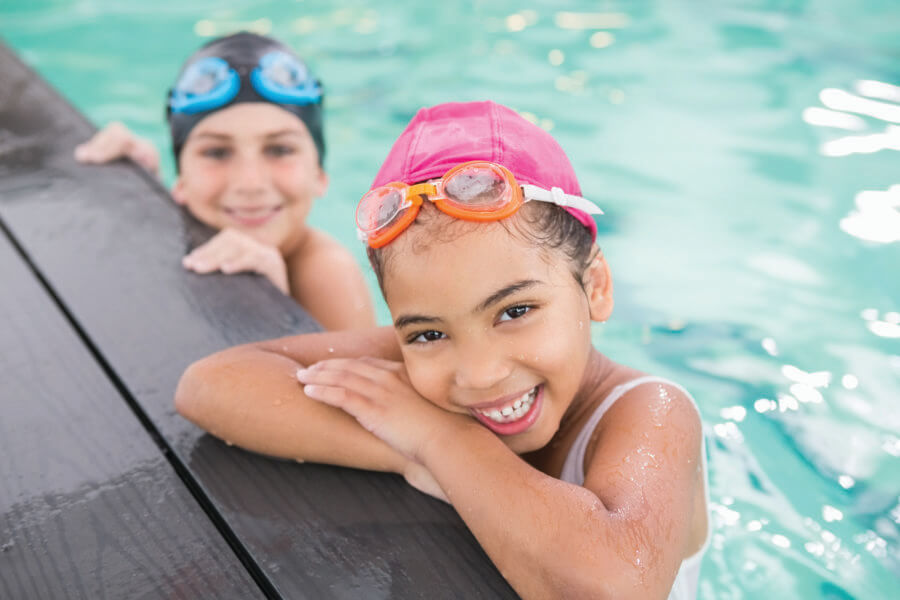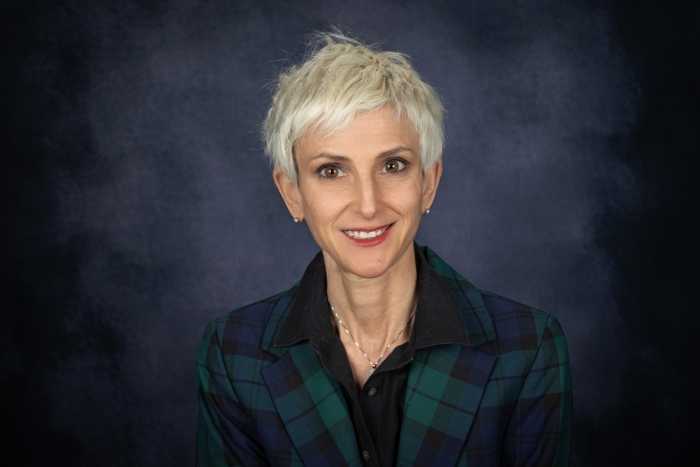One of us is a father who lost a son 35 years ago. Stew Leonard III, just 21-months-old, drowned in a pool at a family party, a pain that never goes away.
And the other, a mother of a young son and leader of a New York City social services agency who knows how vital a life skill learning to swim can be for all, especially children.
Through these different trajectories, our missions have intersected at a critical time when nationwide drownings continue to increase and locally, a wave of recent drownings in the Rockaways and Coney Island over July 4th have left several families heartbroken. That’s why now we are writing with a clarion call – everyone should have access to swimming lessons and water safety education.
According to a recent report from the Centers for Disease Control (CDC), more than 15 percent of U.S. adults do not know how to swim and more than half of adults have never taken a swim lesson. Pre-COVID, about 4,000 Americans died from drownings. Post-COVID, that number is now more than 4,500 annually, an increase of more than 10 percent. Moreover, drowning continues to be a leading cause of death for children ages 1-4 years old. However, children who learn to swim are 88 percent less likely to drown than those who do not, making it a key drowning prevention strategy.
Through the Stew Leonard III Water Safety Foundation, we turned pain into purpose by partnering with dozens of school and community organizations to provide access to free and low-cost swimming lessons for children in need and water safety education across the country. At BronxWorks, we worked with our City and State partners and generous, private donors to completely overhaul our indoor pool where on an annual basis, more than 8,000 adults and children participate in swim lessons with capacity for additional swimmers.
In the Bronx, approximately 30 percent of our residents don’t know how to swim, a percentage likely higher in communities of color. There has been a great deal of press coverage recently focused on building or improving swimming pools, including Mayor Adams’ recent Let’s Swim NYC initiative. A great start, but we must not forget swim education.
Here are some ideas to make water safety and swim education more accessible:
First, during the school year — planned field trips to local pools (indoor or outdoor) can provide a combination of recreation and opportunity to teach basic swim skills. In addition, swim and water safety lessons can be built into classroom activities, especially in the Spring towards year’s end. Furthermore, children’s books on water safety should be incorporated into school curricula and classrooms should be encouraged to integrate swim safety beyond summer and in a fun, interactive way. As one example, Stewie the Duck Learns to Swim is used in hospitals, schools, municipalities, and other youth-serving agencies throughout the U.S. in their drowning prevention programs. Plus, in communities such as Rialto, California, where the book is now a part of elementary school education, they have seen total drownings significantly decrease.
Secondly, while funding for pools, lifeguards and calls for additional lifeguard hours have taken center stage, funding for swim lessons and education should be part of the conversation since lessons are expensive and out of reach for many, especially in underserved communities. In January, New York Governor Kathy Hochul announced $60 million in grant funding to local municipalities around the state for floating pools. Also, last month, the State announced grants for municipalities to hire more and retain lifeguards to address the ongoing lifeguard shortage, which is critically important. Let’s combine that with additional funding to support free swim lessons, so that more individuals know how to safely enjoy such floating pools or provide tax breaks to families who can’t afford them.
Lastly, make simple, accessible materials available to understand water safety steps we can take to protect our children, especially the tiniest ones, and have appropriate lifesaving devices near all bodies of water. While the information can be found online, we should provide bilingual resources to schools, local community centers, civic organizations and especially near bodies of water.
It may be early in the summer, but we have already seen the tragic and heartbreaking headlines of a life taken too soon from drowning. We strongly believe that every man, woman and child should not only learn how to swim but have low-cost, equitable access to a pool and swim lessons. It will help us all have fun while staying safe. Most importantly, an investment in swim safety will undoubtedly lead to less tragic headlines and heartache.
Stew Leonard Jr., CEO of Stew Leonard’s and co-founder of the Stew Leonard III Water Safety Foundation. Eileen Torres is CEO of BronxWorks, a large social services agency and the mother of a 4-year-old.
Read More: https://www.amny.com/opinion/





































